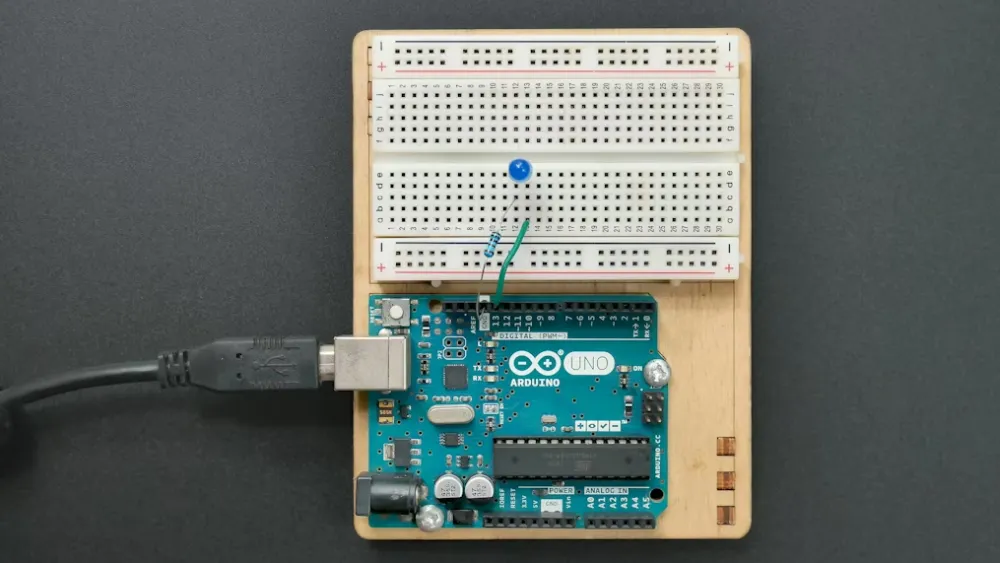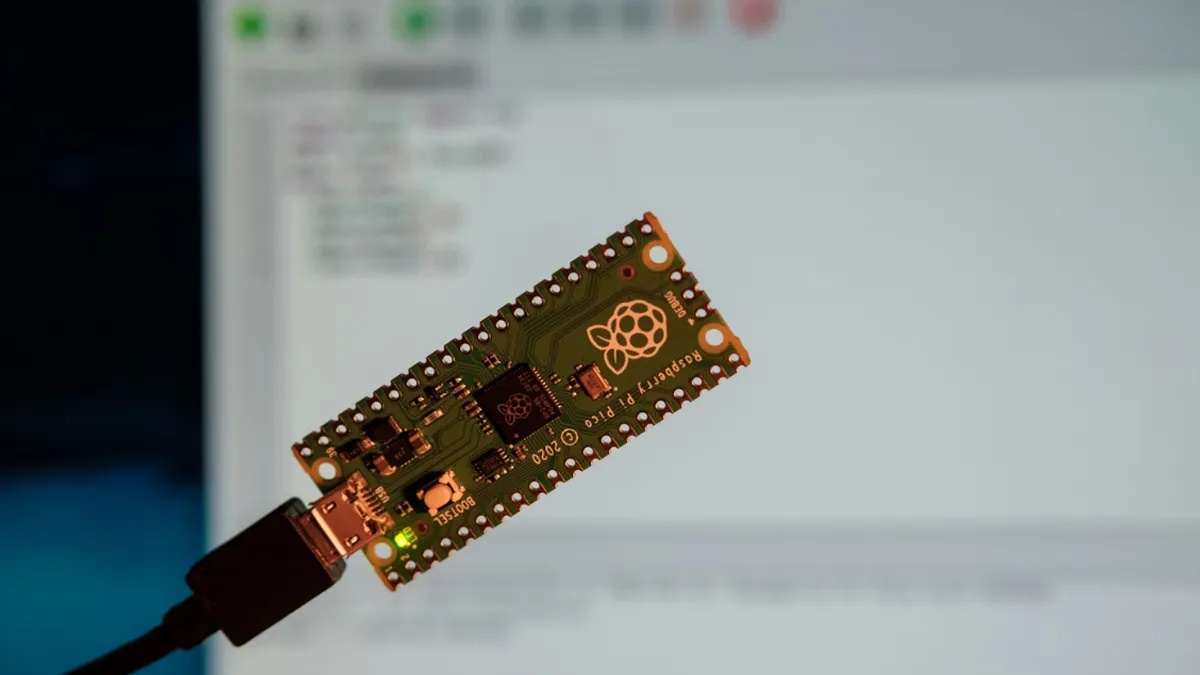
Test Report for Electrical Installations
Compliance Routes to Ensure Electrical Equipment Safety
There are mULtiple compliance routes to ensure the safety of electrical equipment. Electronic products intended for use in the European Union can be certified under the low voltage directive and other EU harmonized standards or demonstrate compliance through the International Electrotechnical Commission (IEC) CB Scheme. This guide explains the CE mark and cb certification, highlighting regulatory changes and the pros and cons of each approach.
CE Mark for Electrical and Electronic Products
The CE mark applies to products that comply with EU health and safety directives, and electrical products must also bear this mark. CE certification allows products to be freely marketed within the EU. Let’s review the relevant EU directives for electronic products:
Low Voltage Directive 2014/35/EU (LVD)
LVD is a key directive for electronic products, applicable to a wide range of products such as household appliances, cables, and power supplies. It ensures the safe use of electrical equipment within the following voltage ranges:
- AC: 50 to 1000V
- DC: 75 to 1500V
If a product falls within the scope of LVD, it must meet the requirements of the directive and undergo a risk assessment. Additionally, the product may need to comply with other directives, such as the Radio Equipment Directive (RED) and the Electromagnetic Compatibility (EMC) Directive.
EMC Directive
Electrical equipment can be affected by electromagnetic interference. The EMC Directive 2014/30/EU aims to reduce such interference by requiring equipment to limit electromagnetic radiation and control immunity to disturbances. All devices must comply with EMC requirements.
RoHS II and RoHS III
The RoHS Directive restricts the use of hazardous substances in electronic products. RoHS II and RoHS III are revisions of the original directive, adding more restricted substances (such as DEHP, BBP, DBP, etc.). Products that meet RoHS standards must comply with these updates.
CB Certification
The IEC CB Scheme allows products to gain international certification, reducing certification barriers and lowering testing costs. Through CB certification, products can obtain certification marks from multiple countries without the need for duplicate testing.
iec 62368-1 Replaces iec 60950-1 and IEC 60065
IEC 62368-1 will replace the safety standards for ICT and AV equipment (IEC 60950-1 and IEC 60065) as the new global safety standard. This standard came into effect in regions like the EU and North America in December 2020.
Choice Between CE Mark and CB Certification
CB certification offers greater flexibility and international recognition, making it suitable for products intending to enter multiple markets. However, CB certification may require more time and steps, especially for the new IEC 62368-1 standard.
CE certification applies to the EU market, with lower costs and time requirements and no need for a Notified Body’s certification. The downside is that it is limited to the EU market.
Each certification method is suitable for different products. If you are unsure which certification to choose, feel free to contact our experts to help you quickly complete the compliance process.
Email:hello@jjrlab.com
Write your message here and send it to us
 How to get a D-U-N-S® Number for US FDA Registrati
How to get a D-U-N-S® Number for US FDA Registrati
 Household Massage Devices Compliance in the China
Household Massage Devices Compliance in the China
 Compliance for the Global In Vitro Diagnostic (IVD
Compliance for the Global In Vitro Diagnostic (IVD
 Compliance Guide for Nebulizers in European and Am
Compliance Guide for Nebulizers in European and Am
 Cybersecurity Certification Service for EU RED Dir
Cybersecurity Certification Service for EU RED Dir
 ANATEL Certification Compliance Guide for Brazil M
ANATEL Certification Compliance Guide for Brazil M
 Energy Storage Battery Brazil Inmetro Certificatio
Energy Storage Battery Brazil Inmetro Certificatio
 Southeast Asia Compliance Requirements for EV Char
Southeast Asia Compliance Requirements for EV Char
Leave us a message
24-hour online customer service at any time to respond, so that you worry!




